Happy Sunday, everyone!
Hope everyone’s having a restful weekend! As we’re gearing up for Week 3, it’s the perfect time to look back at what AN105 has been up to since resuming classes on Monday.

At the beginning of the week, we learned about patterns in conversations known as adjacency pairs. Adjacency pairs occur in two distinct segments, one being the prompt and the other being the response. Though not every expression counts as one, adjacency pairs include a variety of statements such as greetings, question-answer pairs, compliments, and expressions of gratitude, to name a few. For example, in English, the question “Where’s the post office?” forms the first part of a question-answer adjacency pair, with the response either being the location of the post office (known as the preferred response) or an expression like “I don’t know,” (known as the dispreferred response).
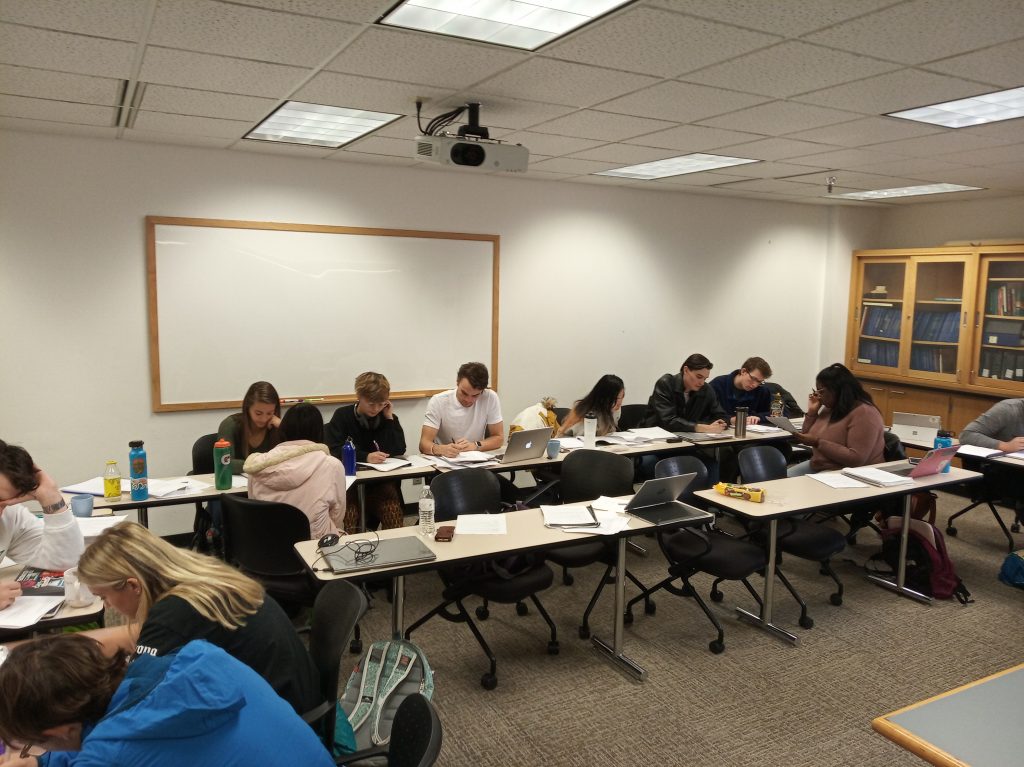
On Monday, we formed small groups to look at various examples of adjacency pairs in short English conversations, marking each pair as we read along. It’s important to note that you sometimes find people inserting adjacency pairs inside each other for a variety of reasons prior to giving a proper response.
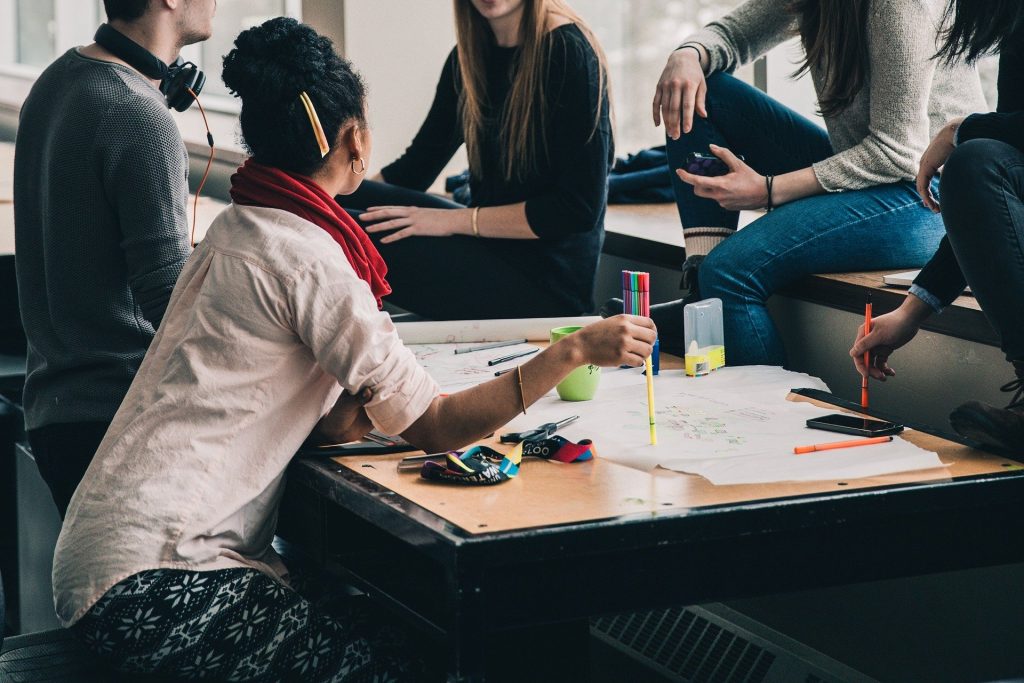
Shifting gears a bit, over the course of Week 2, we learned that acquisition of both language and culture takes place in a process known as socialization. This takes place in two distinct ways known as primary and secondary socialization. Primary socialization occurs continuously during someone’s childhood as they interact with their family and friends, learning most aspects of language in the process. Secondary socialization takes place in organized settings such as classrooms and job training sessions. Secondary socialization is largely responsible for teaching customs like formal language, social etiquette, religion, etc.
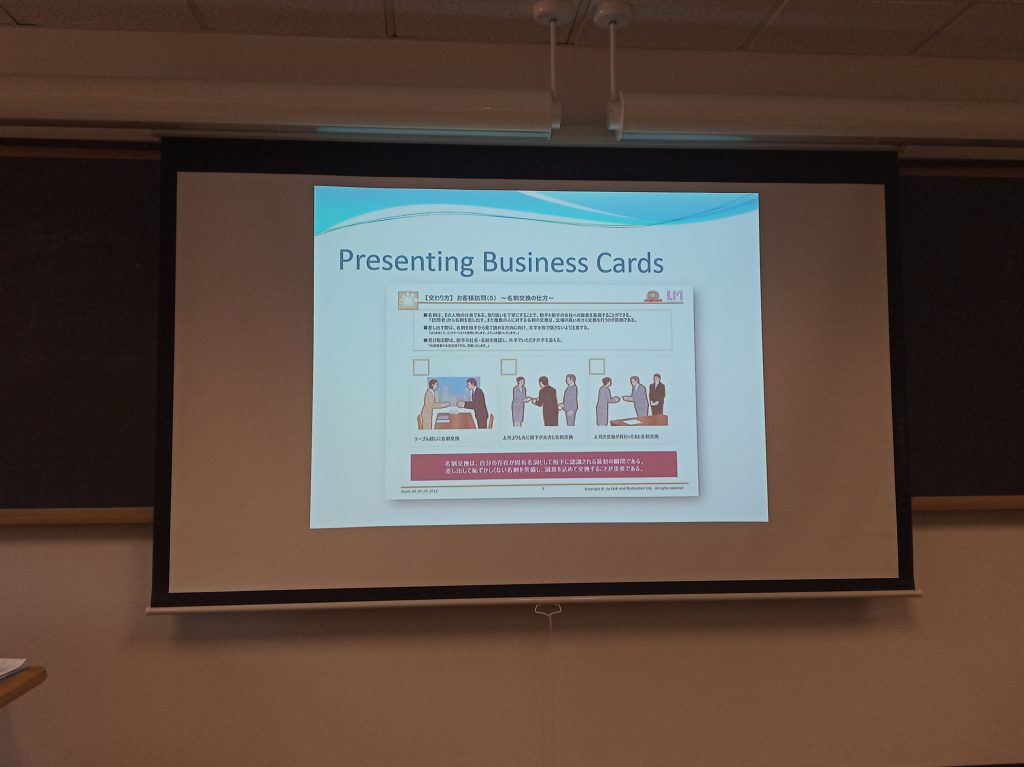
On Thursday, our professor Cyndi showcased an example of secondary socialization from a research paper she wrote while in Japan about specialized “business manners” classes. These classes serve to prepare young business people for their first job out of college and teach appropriate ways to dress, present business cards, speak, bow, and sit, among other things. One of the most important lessons from these classes is that in the context of business, non-verbal actions such as dressing and sitting communicate a certain degree of politeness towards others, so presenting oneself incorrectly could be considered an insult, particularly in front of your superior. In addition, etiquette serves to aid in representing your company as a whole when speaking with others.
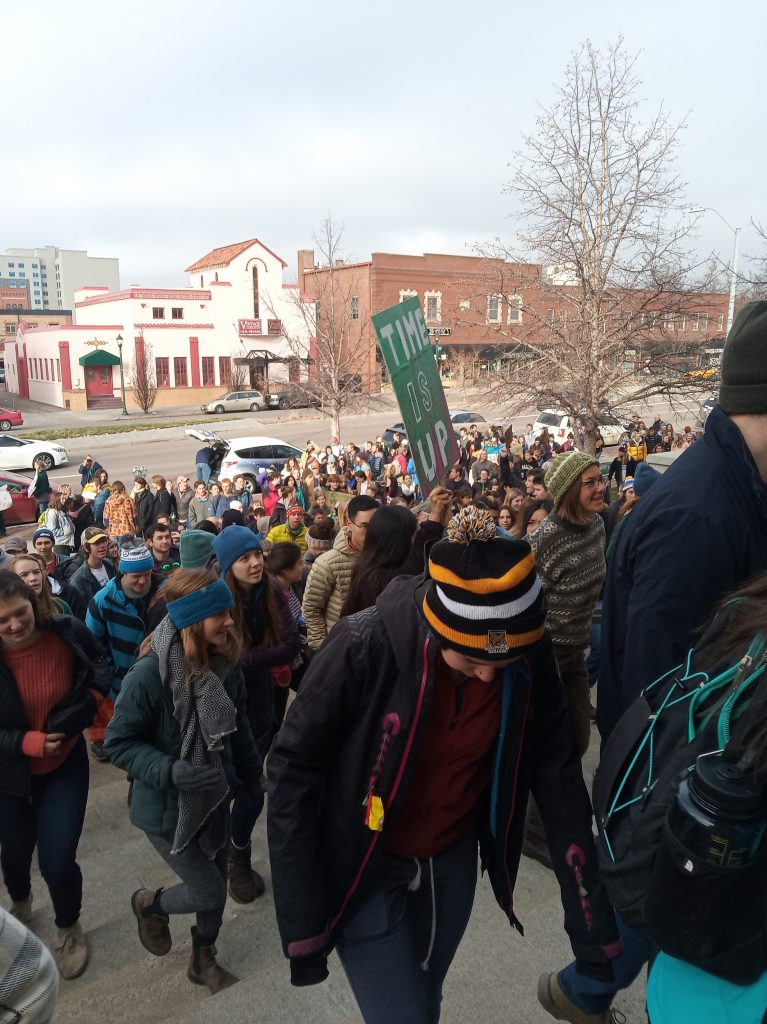
This past Friday marks the second major Climate Strike of the school year. As the United Nations’ COP25 Conference took place in Madrid, millions of climate activists took to the streets demanding local and national governments to take immediate action on climate change. The local turnout was just massive as the Climate Strike in September! The protest in front of Colorado Springs City Hall was joined by over 200 CC students along with numerous other protesters from UCCS, PPCC, and surrounding high schools. We were also joined by local community leaders from organizations like Sunrise and Environment Colorado as well as Richard Skorman, the President of Colorado Springs City Council.
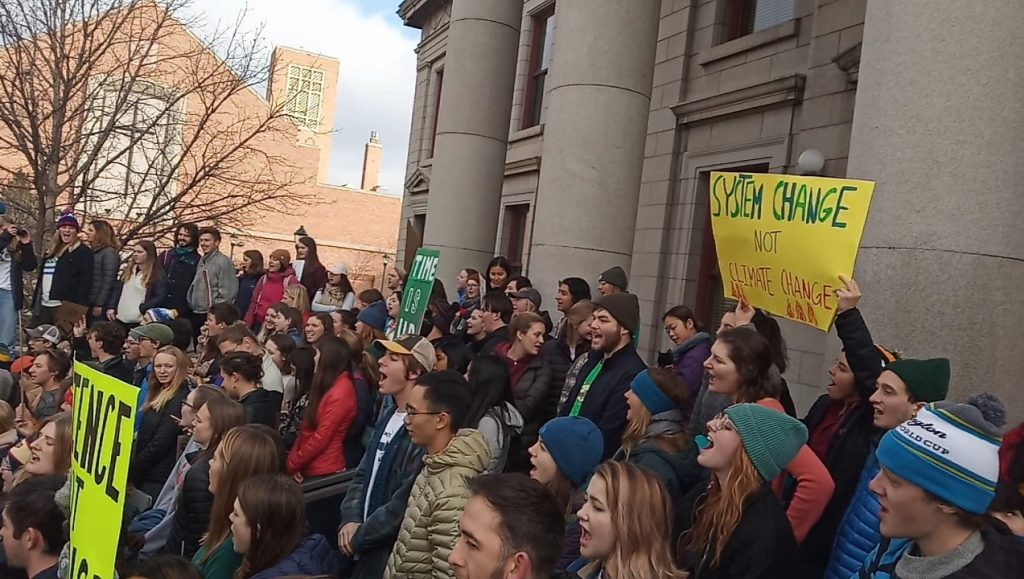
Anyway, that’s all for this entry! See you all next week!
Best,
Jay Luckey